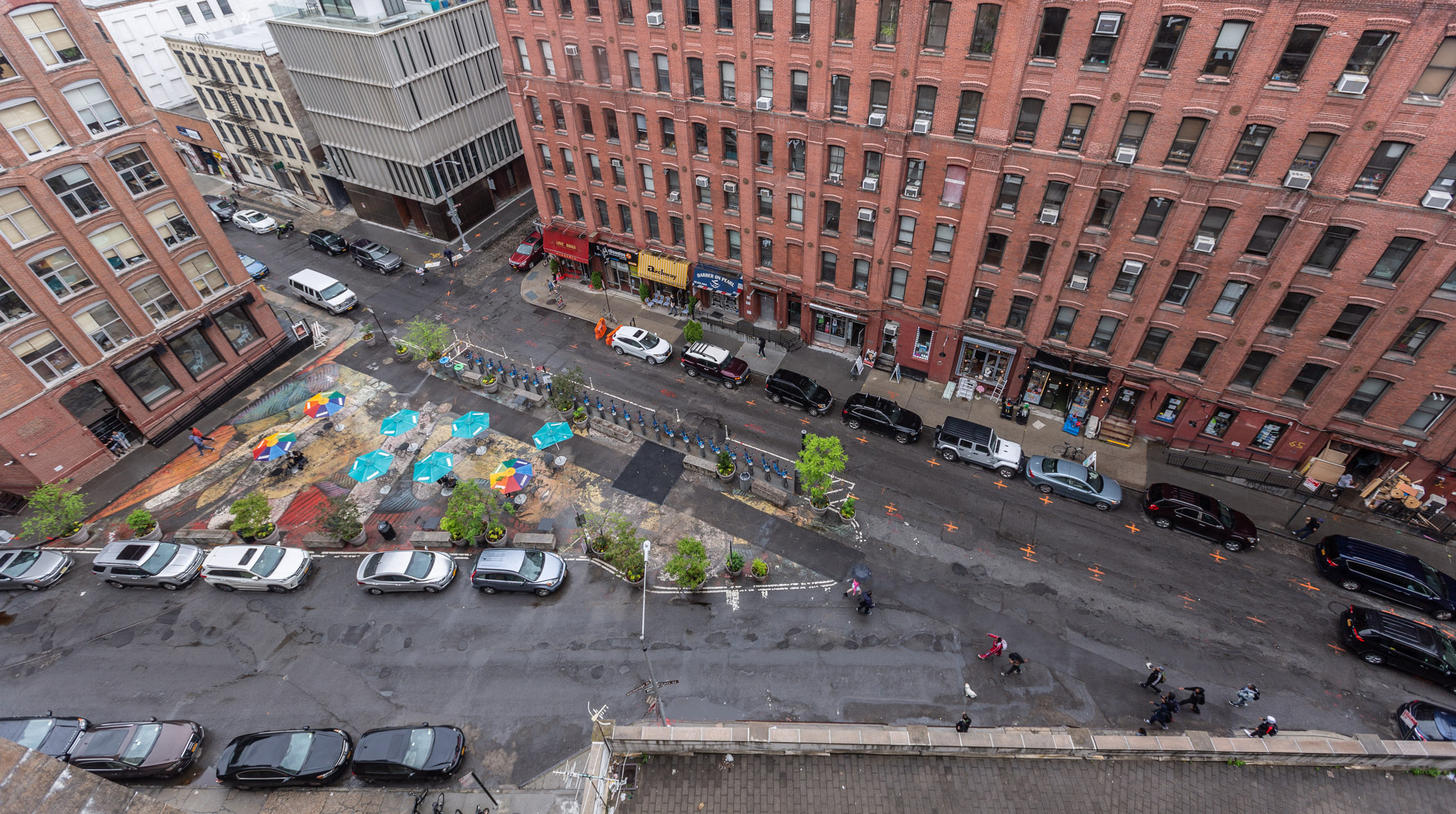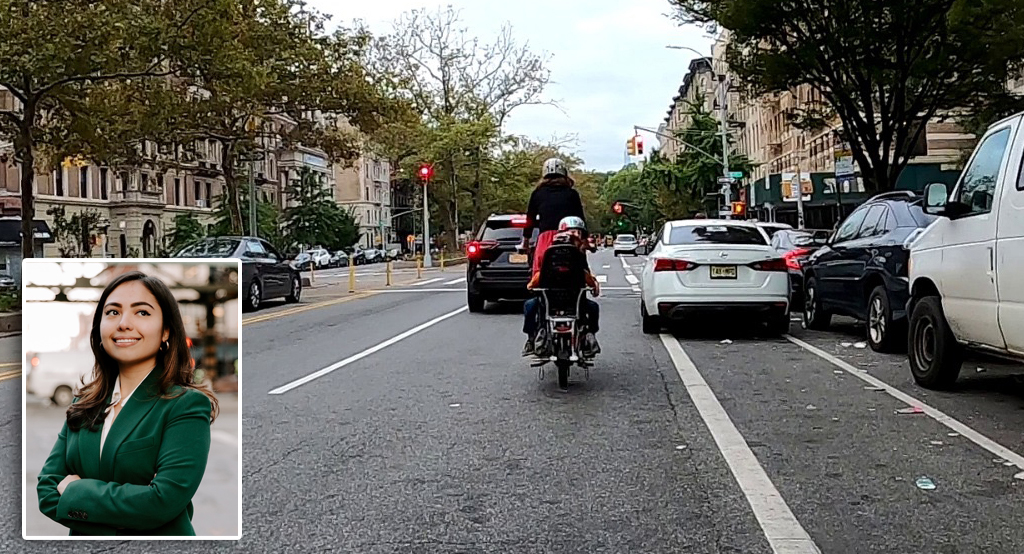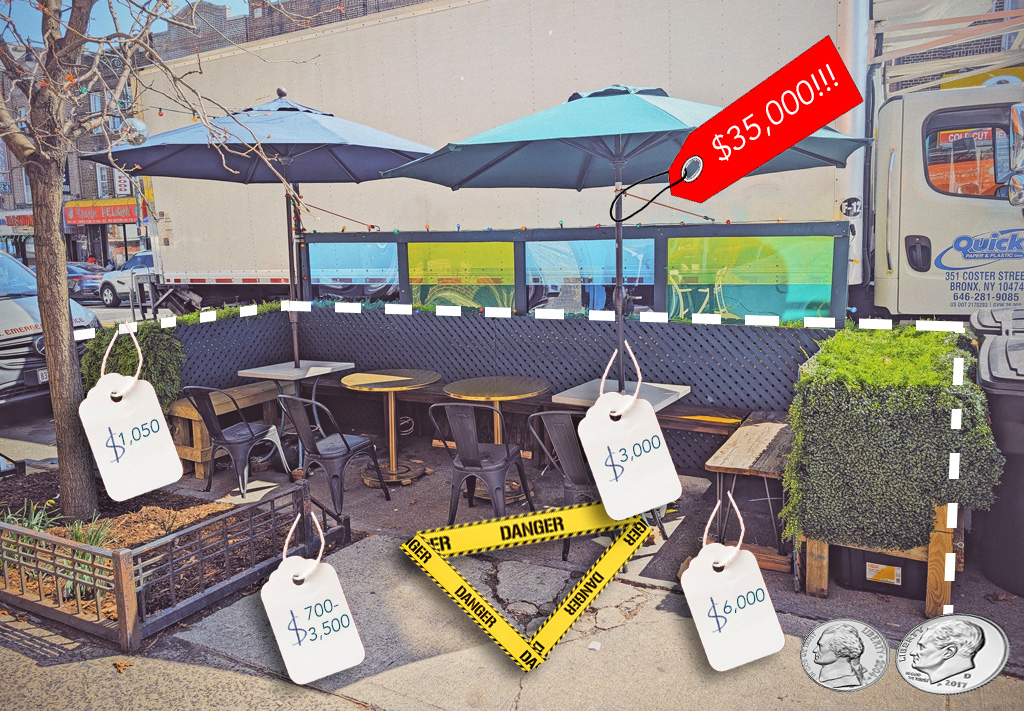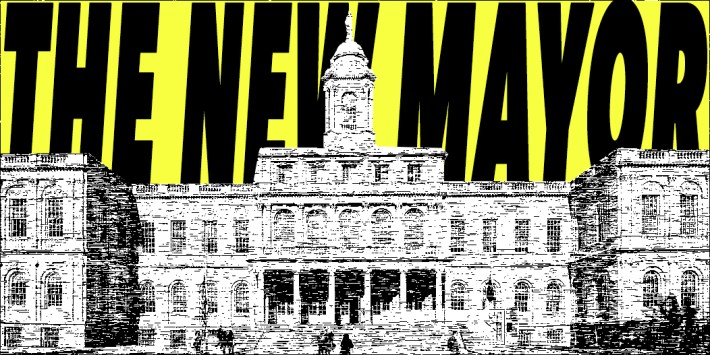
Walk around Paris, Copenhagen, Barcelona, and you’ll see beautiful streets and public spaces that feel like they’re here to stay. Walk around New York City and you’ll see asphalt, paint and a lot of plastic, posing as public space. We New Yorkers have almost come to accept our fate as a city that looks and feels sort of … mediocre.
While rapid expansion of our bike lanes, sidewalks and public space may continue to require quick-build materials, New York is a world class city. Permanently enshrining our progress on public space and transportation safety into the fabric of our city’s streets should be high on Mayor-elect Zohran Mamdani’s agenda.
Call it "the Permanence Agenda."
It is, of course, true that many of the things we sustainable transport advocates celebrate didn’t exist 20, 10, or even five years ago: bike lanes scattered about the city, curb extensions, wider sidewalks, daylighting, bus bulbs, open streets and so much more. What former Department of Transportation Commissioner Janette Sadik-Khan started in 2007 has seemingly taken on a life of its own (albeit with a lot of hard work from advocates).
Sadik-Khan always preached tactical urbanism as a way of getting things done: use cheap materials, readily at hand and just build it. That was the right approach, and I am absolutely certain that we only got as much cool stuff as we did because of it.
But unfortunately, the pace at which we’ve turned the temporary measures into something more permanent has been incredibly slow. Indeed, Pearl Plaza in Dumbo was Sadik-Khan’s first reclaiming of car space for public enjoyment. And now it is permanent and it’s spectacular! But it took 17 years to go from paint to permanent. Similarly, the pedestrianization of the Flatiron portions of Broadway in Manhattan is complete and beautiful. But that was 16 years in the making.
And what of all of the other paint-based initiatives? Most seem relegated to a lifetime of quick-and-easy materials. Effective, sort of. Nice in the long-run? Flex posts, those little plastic traffic diverters, truffle-colored paint – these things don’t say "great city", they say "cheap" and "low-quality."
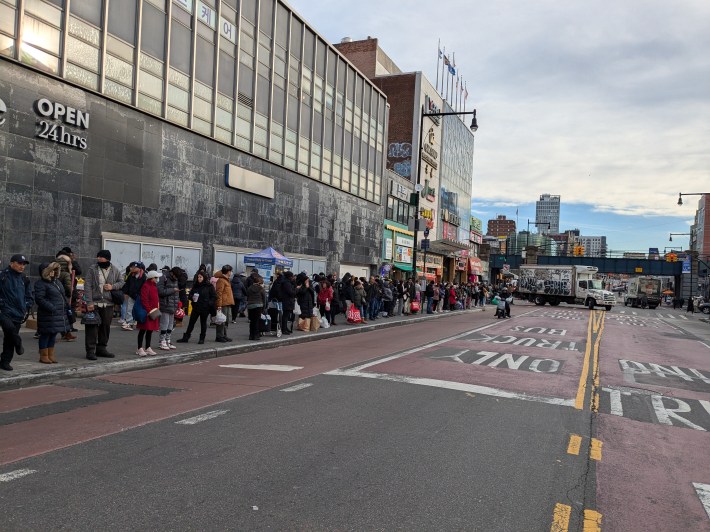
They also make it so much easier to tear out, should a future mayor be more car-oriented than Mayor-elect Mamdani. Indeed, Mayor Adams ripped out the Bedford bike lane in a single day. And what of the new Court Street bike lane, which is currently facing a lawsuit and a lot of hate? With Mamdani as Mayor, it hopefully has a chance to live. But if Andrew Cuomo or Curtis Sliwa had won? Next time they repave Court Street, it would be so easy to simply leave out the bike lane paint.
Imagine a New York City where pedestrian streets were built without curbs and with continuous, interesting pavers. Imagine that all curb and sidewalk extensions could be done with the same concrete with which the sidewalk was already built. Imagine that bus stops in high ridership locations were beautiful, comfortable places to be and that boarding platforms were permanent rather than rubber.
Why we don’t have permanence
The problem lies in the city’s inefficient system of capital project delivery. At the center of this is the Department of Design and Construction, responsible for designing and building everything from sidewalks to plazas to libraries to fire stations.
In 2016, 2017, and 2018, Streetsblog documented a long list of delayed DDC projects. Starting in 2019, DDC began releasing an annual blueprint for improving project delivery. Mayor Adams even convened a task force to try to solve this problem. Thus, some efforts have been made towards addressing the agency’s shortcomings. But look at our streets and anyone can see that the problem is far from solved.
The challenges, according to Center for an Urban Future’s report Stretching New York City’s Capital Dollars, are multifaceted and often arcane.
For example, the requirement for DDC to select the lowest bidder for construction projects often means that the most talented contractors are shut out. Often, according to the report’s main author, John Surico, those contractors do a poor job and have to redo the work, which adds to costs and delays. As another example, some projects require inspections by multiple agencies, outside of DDC, and there is no one really ensuring that these inspections happen in any coordinated way.
How can NYC create the Permanence Agenda
These, and many other problems, point to the need for a full-time dedicated and centralized staff, with the full backing of the mayor, to push for the necessary changes to make these projects happen quickly.
The appointment of Ya-Ting Lu as the Chief Public Realm Officer was a step in the right direction – but that position, under the Deputy Mayor for Operations, is not exclusively focused on capital project delivery and comes with a broad mandate. Perhaps elevating the Chief Public Realm Officer to the level of Deputy Mayor, as suggested by Open Plans in Building a New York We Deserve would give the office more power.
The Chief Public Realm Officer also needs significantly more staff — at least one full-time staff per major project and many devoted to the smaller ones. These staff would ensure that approvals were happening on schedule and that in-house capacity was being expanded at both DOT and DDC. They would work in Albany to push for necessary legal changes and they would be ready to elevate any issues to the level of the mayor.
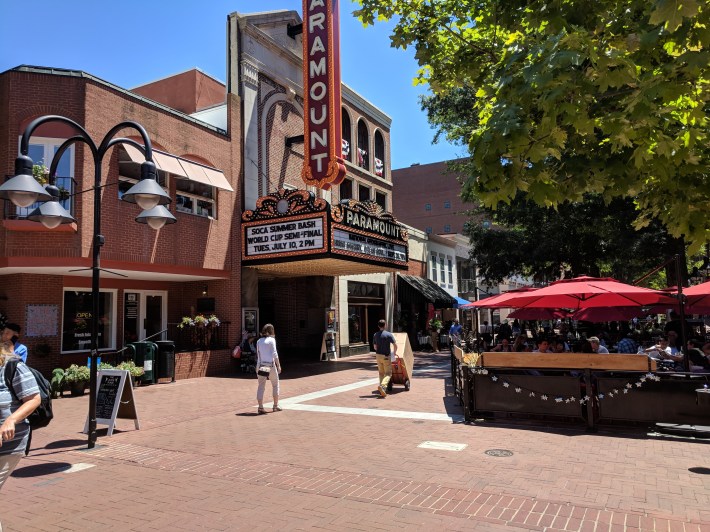
As an illustration, in 2009, DOT under Sadik-Khan pedestrianized the Broadway portion of Times Square using paint, cones, and chairs. In 2010, Mayor Bloomberg decided to make the project permanent. According to Jon Orcutt, DOT’s Director of Policy during that time, Sadik-Khan made it her priority to complete it before the mayor left office. According to Orcutt, Sadik-Khan, together with then DDC Commissioner David Burney, “leaned on the process continually for two to three years.” As Orcutt puts it, “You need someone with authority, the ability to strike some fear regularly. That's been missing from basically every administration since.” The full plaza opened just three years later.
The Center for an Urban Future’s report, written before Mayor Adams was elected, stated:
“New York City’s next mayor should seize the massive opportunity to fix the city’s deeply flawed capital process, unleashing millions of dollars that currently go to waste to rebuild vital social infrastructure… Simply leaving the responsibility to reform the capital process to DDC is not enough. Too many other parts of government need to initiate and follow through with bold reforms as well, and that’s unlikely to happen without a significant and sustained push from the mayor.”
Mayor Adams did not fully seize this opportunity. That will be up to Mayor Mamdani.
